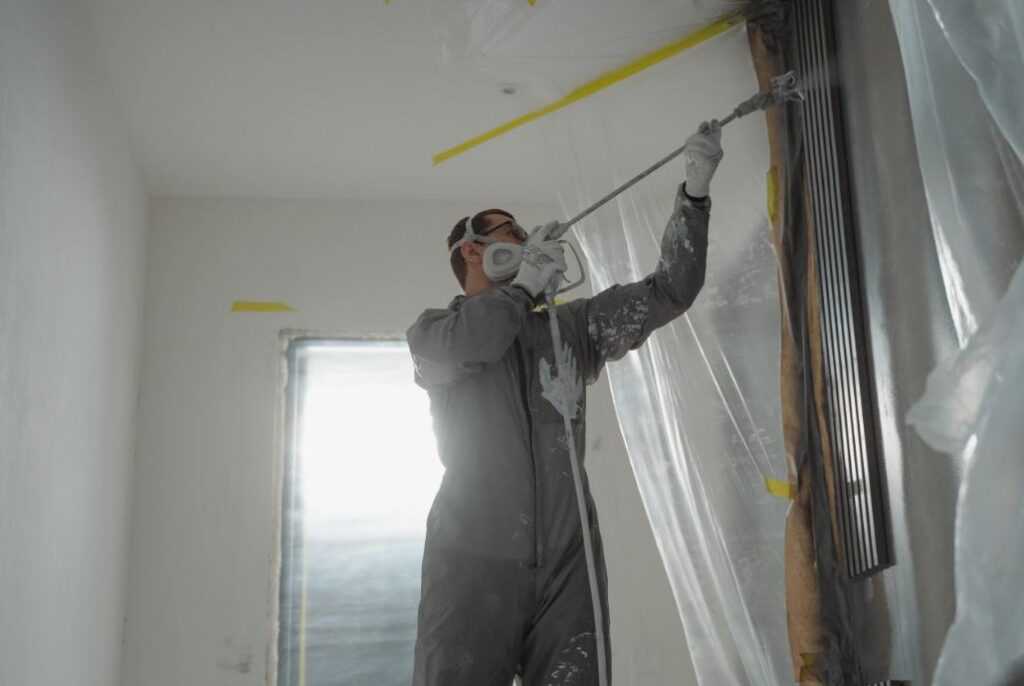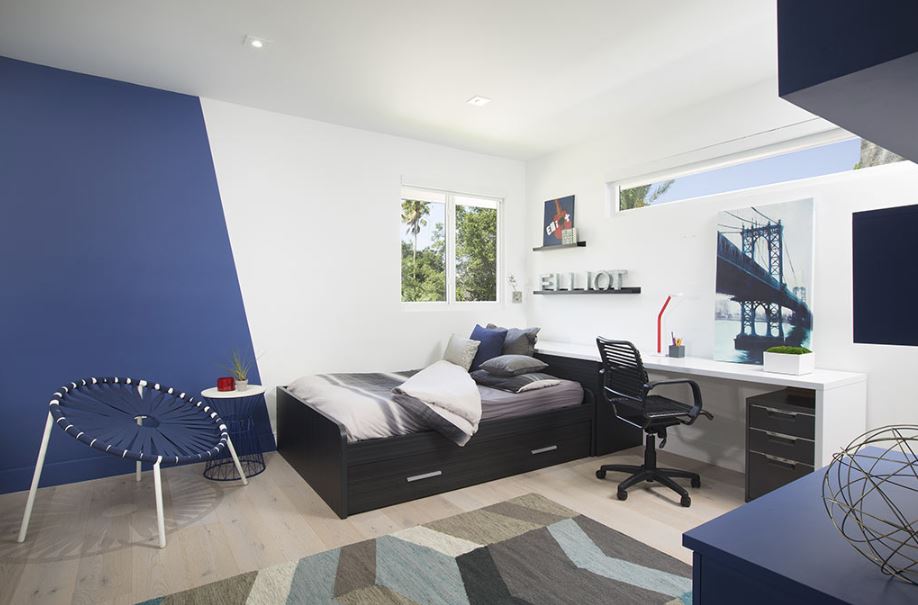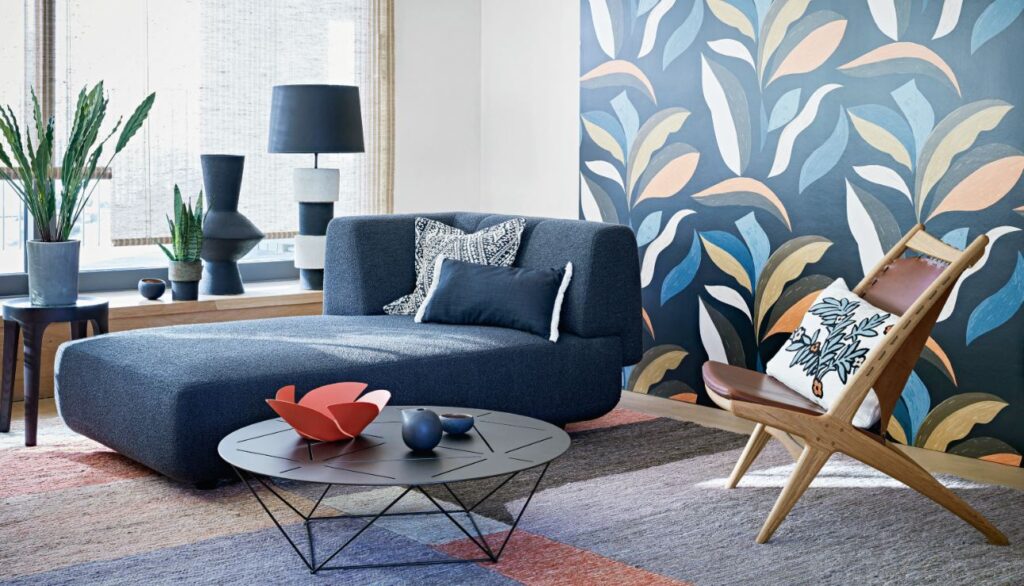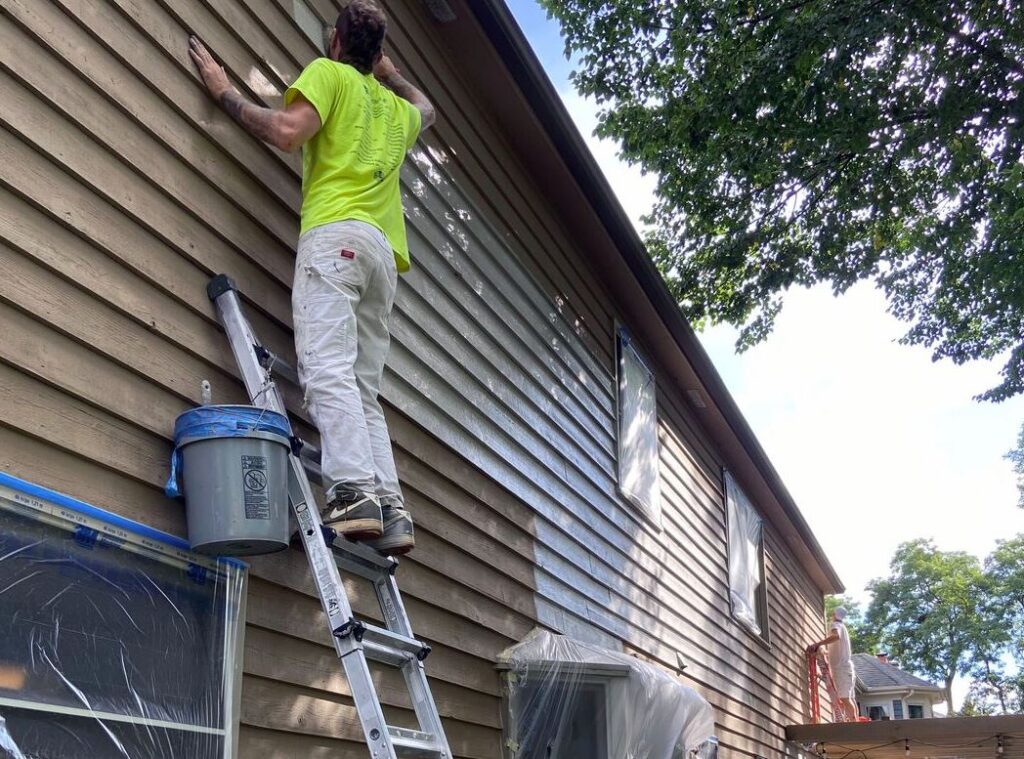Transforming the appearance of your home can be as simple as a fresh coat of paint. Whether it’s revitalising a living room with a vibrant colour or protecting the exterior of your home from the elements, painting plays a pivotal role in home maintenance and aesthetics. However, achieving a flawless finish is not always as straightforward as it seems. It requires a blend of the right materials, techniques, and a bit of insider know-how.
In professional house painting, seasoned painters have amassed a wealth of knowledge through years of experience. They know the secrets to a perfect finish, how to cut corners (without cutting quality), and the tricks that can turn a mundane task into a masterstroke of efficiency and effectiveness.
Have you ever wondered why professional painters always seem to get that perfect, streak-free finish? Or how can they complete a job so quickly and maintain such a high standard of work? In this blog post, we’re removing the curtain. From the initial preparation to the final touches, we’ll share insider tips and tricks to elevate your painting skills, save time, and ensure you get that professional finish every time.
So, whether you’re a DIY enthusiast looking to take on your next home project, or simply curious about the pro techniques, read on to discover the art and science of professional house painting.

Preparation is Key
The foundation of any great paint job is choosing the right type of paint. There are various options available, each suited to different applications and surfaces. Latex paints are popular for their quick-drying properties and water-based cleanup, making them a favourite for interior walls. Oil-based paints, on the other hand, are durable and stain-resistant, perfect for trim and moulding. A semi-gloss or high-gloss finish is preferable for bathrooms and kitchens due to its moisture resistance, while bedrooms and living rooms may benefit from the softer finish of flat or eggshell paint.
Choosing the right colour is just as crucial as selecting the right type of paint. Consider the mood you want to create, the room’s lighting, and the colours of your furniture and décor. Test samples on your walls and observe them at different times of the day to see how the lighting affects them. Remember, colours can look dramatically different on a swatch compared to your wall.
Professional results require professional tools. Start with high-quality brushes and rollers to ensure a smooth application. Synthetic bristle brushes are suitable for latex paints, while natural bristle brushes work best with oil-based options. Opt for a microfiber or foam roller for a lint-free finish for rollers.
Do not overlook the importance of painter’s tape, drop cloths, and a sturdy ladder. Painter’s tape ensures clean lines and protects surfaces, drop cloths protect your floors and furniture from spills, and a reliable ladder enables you to safely reach higher areas. Brands like Purdy and Wooster offer a range of high-quality brushes and rollers, while 3M and ScotchBlue are known for their dependable painter’s tape.
The subsequent vital phase is smoothing the surface through sanding. This process ensures a sleek canvas for the paint to cling to, while also aiding in the elimination of any old, peeling, or flaking paint. Opt for fine-grit sandpaper, and be certain to clean away all residual dust when done. Concluding this preparation, lay down a coat of primer. This step is especially important if you’re covering a dark shade with a lighter paint or dealing with a porous material. Applying primer ensures a consistent base, contributing to a uniform final appearance.
Sanding is the next crucial step. It creates a smooth surface for the paint to adhere to and helps to remove any previous peeling or flaking paint. Use fine-grit sandpaper and ensure to wipe away any dust afterwards. Finally, apply a primer, particularly if you are painting a lighter colour over a darker one or working with a porous surface. The primer provides an even base and helps to achieve a uniform finish.
Techniques and Application
Brush Techniques
The key to a smooth finish is not just in the paint but also in the application. Professional Essendon painters utilise various brush techniques for different effects. The ‘X’ technique involves painting an ‘X’ shape and smoothing it out, ideal for blending and creating a uniform finish. For edges and tighter spaces, the ‘cutting in’ technique is used, which requires a steady hand and a high-quality angled brush.
Remember to never overload your brush with paint, which can lead to drips and an uneven finish. Dip the brush about a third of the way into the paint and tap off the excess rather than wiping it on the side of the tin.
Roller Techniques
Rollers are great for covering large areas quickly. To use a roller effectively:
- Start by loading it evenly with paint, using the roller tray to roll off any excess.
- Apply the paint in a ‘W’ or ‘M’ pattern on the wall, and then fill in the gaps with parallel roller strokes.
- Always keep a ‘wet edge’, meaning you should work quickly enough to ensure that the paint you’re applying is always meeting wet paint, which prevents roller marks and ensures an even finish.
Be mindful of the pressure you’re applying. Too much pressure can cause the roller to slide rather than roll, creating streaks.
Using a Paint Sprayer
For large or exterior surfaces, a paint sprayer can be a game-changer. It provides a quick and even application but requires some practice to master. Always start by testing the spray pattern on a cardboard or scrap surface to get the hang of it. Keep the sprayer nozzle a consistent distance from the surface and use even, horizontal strokes.
Safety is paramount when using a paint sprayer. Wear a mask, goggles, and protective clothing to prevent inhalation of paint mist or fumes.
Section 3: The Art of Cutting In
‘Cutting in’ refers to the technique of painting freehand where a brush is used to paint areas too tight for rollers. It is commonly used around edges, corners, and frames. The key to mastering this technique is using a high-quality angled brush and taking time.
Load the brush with enough paint to cover a small area, wipe off the excess, and then apply the paint with a steady hand, following the edge or line closely. It may take some practice to perfect, but the result is a clean, sharp finish that truly sets apart the work of a professional painter.
Section 4: Time-Saving Tips and Tricks
Professional painters know that time is money but also understand the importance of maintaining quality. One of the insider tips to save time without cutting corners is back-rolling. This technique involves using a roller to spread out and finish the paint after it has been applied with a sprayer. It helps achieve a uniform texture and coverage, especially on textured surfaces.
Another time-saving tool is an extension pole. Instead of moving a ladder every few feet, attach an extension pole to your roller or paint pad. This speeds up the process and reduces the risk of accidents caused by frequent climbing up and down a ladder.
Section 5: Cleanup and Maintenance
After the painting is done, efficient cleanup is crucial to maintain your tools’ longevity and the space’s cleanliness. Remove as much paint as possible for brushes and rollers before rinsing them out. Warm, soapy water will do for water-based paints, but oil-based paints might require mineral spirits. Ensure all tools are completely dry before storing them to prevent mildew and bristle damage.

Maintaining painted surfaces is equally important. Regular cleaning, gentle washing, and occasional touch-ups can help keep the paint looking fresh for longer. Always follow the paint manufacturer’s instructions for cleaning and maintenance to ensure the best results.
Section 6: Avoiding and Fixing Common Mistakes
Even professionals can make mistakes, but knowing how to fix them (and avoid them in the first place) is key. One common mistake is not allowing enough drying time between coats, leading to peeling and unevenness. Ensure you follow the manufacturer’s recommendations for drying times.
Drips and streaks are another common issue, usually caused by overloading the brush or roller. The solution is to take your time, use less paint, and spread it evenly. If a drip does happen, sand it out and repaint the area.
Section 7: Final Touches and Quality Check
Before considering a painting job complete:
- Take the time to step back and inspect your work.
- Look out for any missed spots, streaks, or imperfections.
- Check the edges and corners to ensure they are clean and straight, and make any necessary touch-ups using a small brush.
A checklist for a final quality check might include:
- Uniformity of colour and texture
- Clean, straight edges
- No visible brush or roller marks
- All areas are fully covered, no missed spots
- No drips or streaks
Professional house painting is an art that requires precision, patience, and the right knowledge. Every step is crucial for a successful outcome, from choosing the correct paint and tools to mastering application techniques and cleanup. Even novice painters can achieve professional-looking results by following these insider tips and tricks.
Embrace the preparation process, pay attention to detail, and remember that quality takes time. Don’t rush the process; instead, enjoy the transformation of your space.
We encourage you to try these professional tips in your next painting project. Share your experiences, ask questions, and tell us how these tricks worked out for you. Happy painting!












